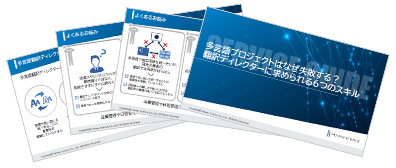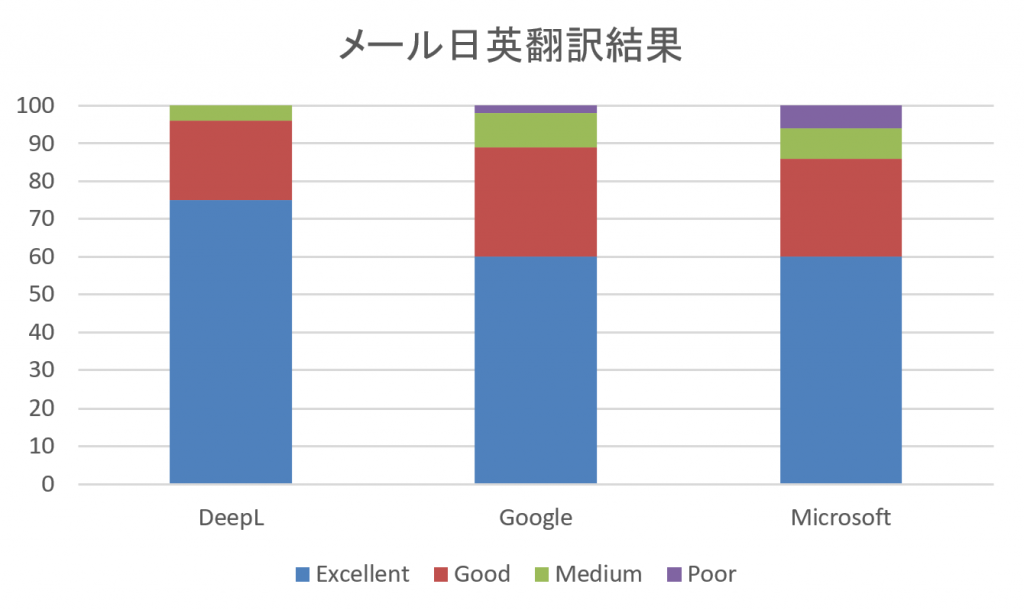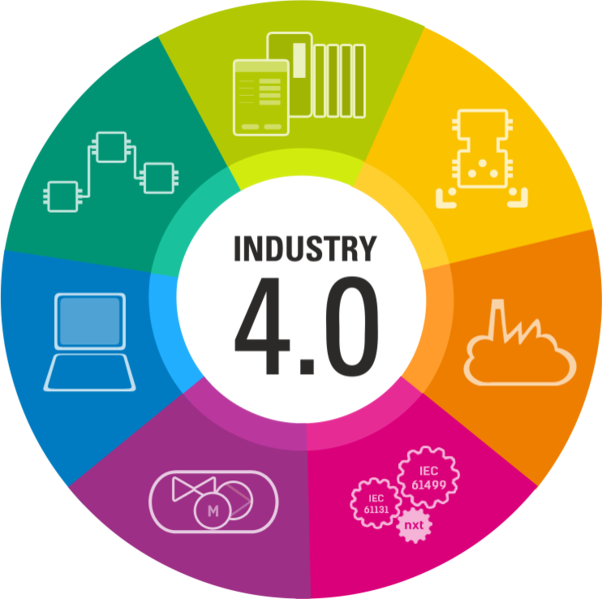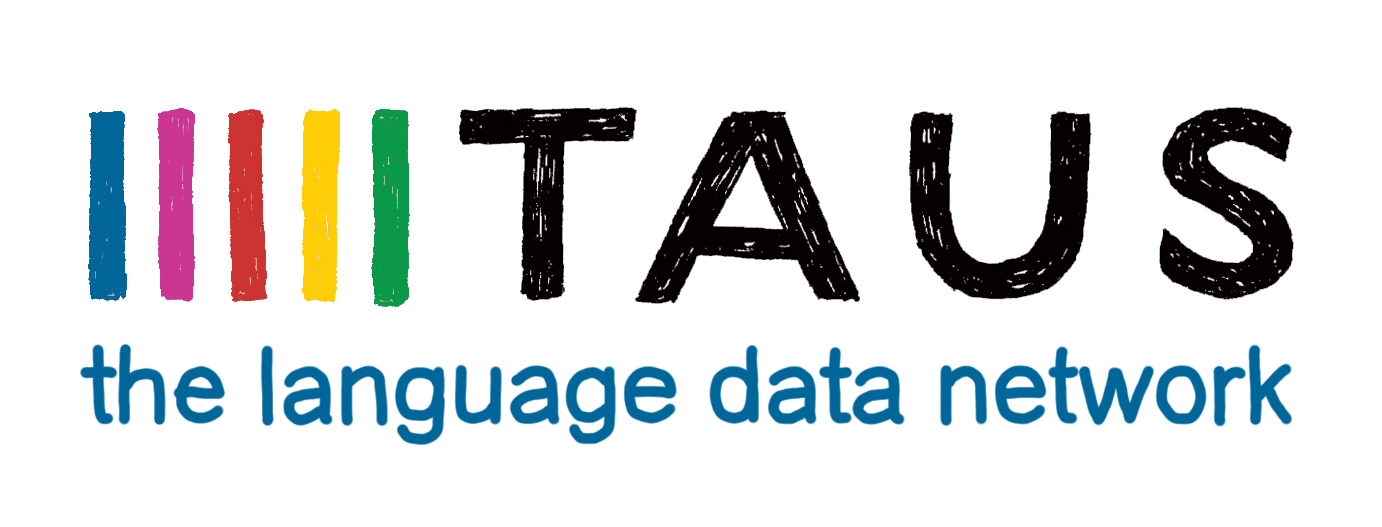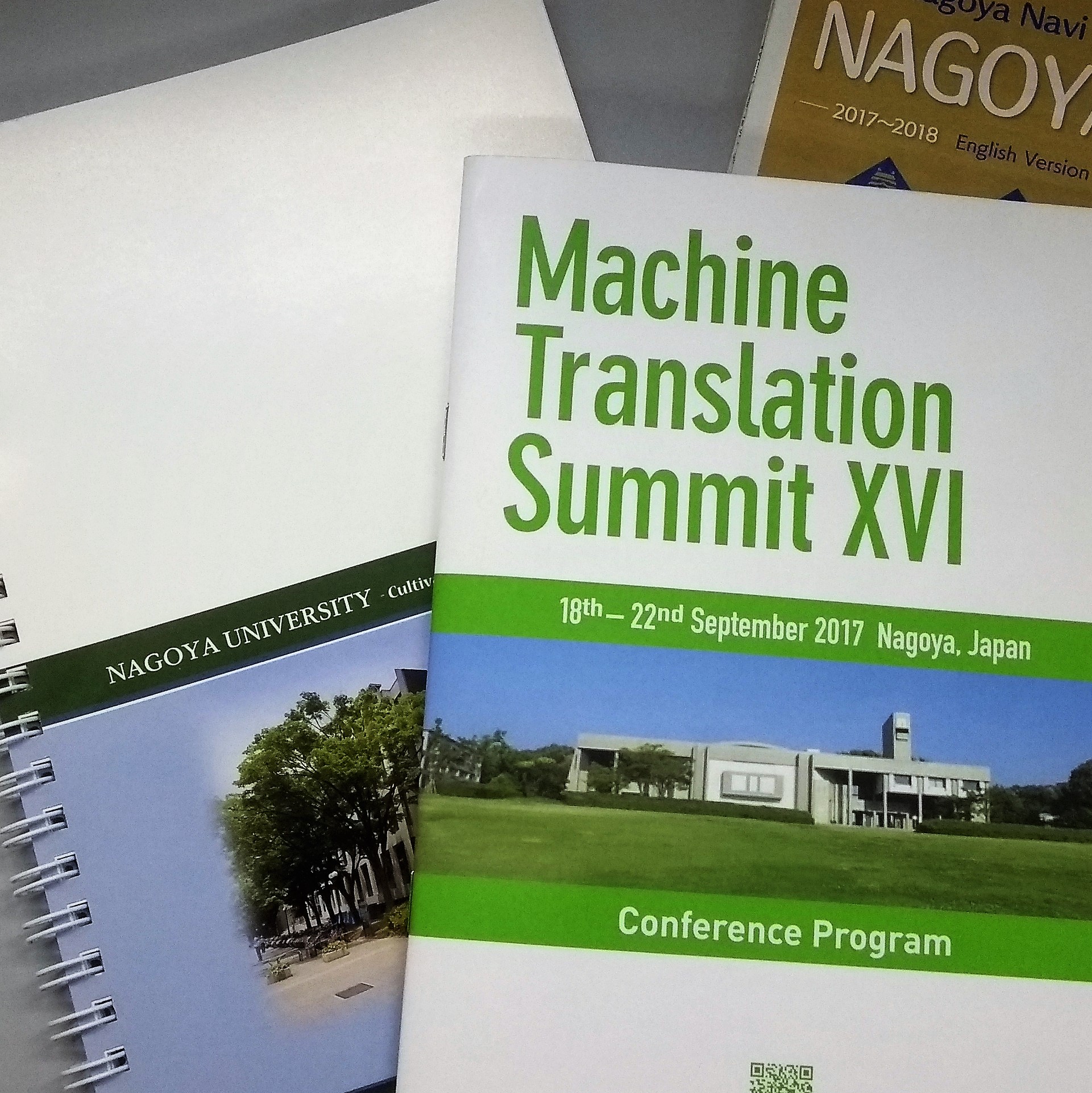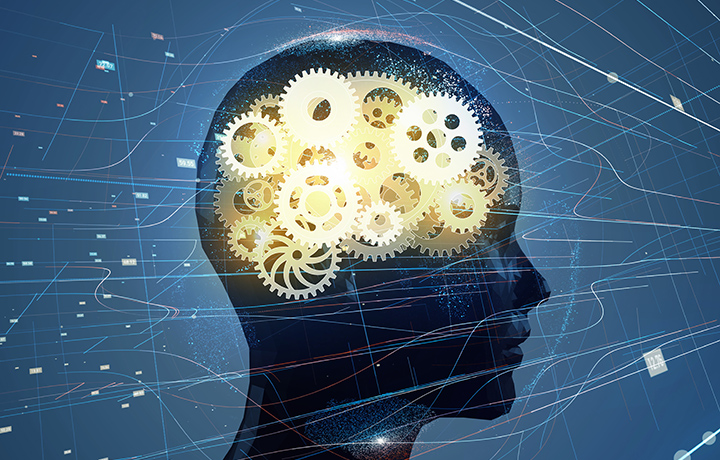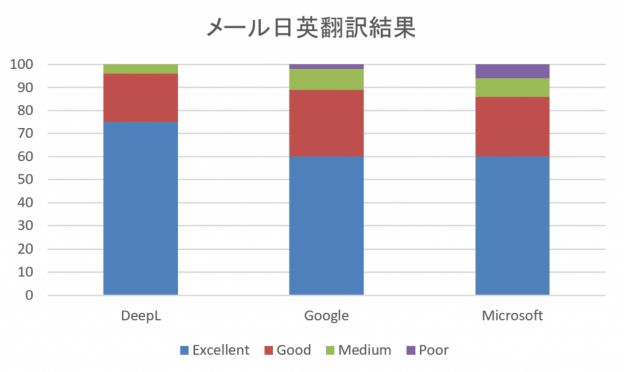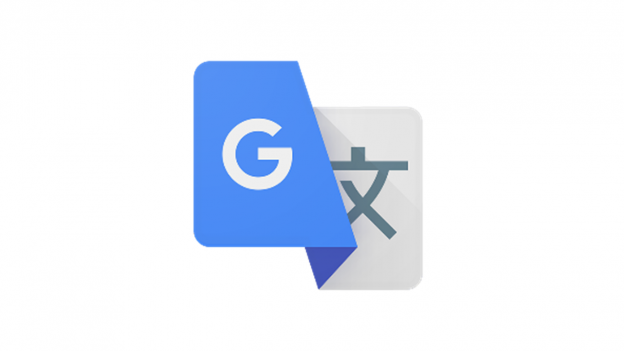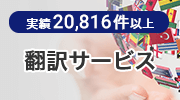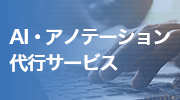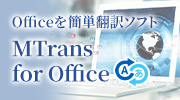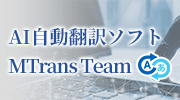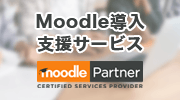
With the revision of the EU Machinery Directive (European Machinery Directive), companies are increasingly recognizing the importance of multilingual translation to meet new compliance requirements. In particular, the amendments to Articles 21/22 have made it mandatory to provide safety information and user manuals in multiple languages, necessitating accuracy and consistency in translations. As a result, manufacturers of industrial machinery are required to strengthen their translation systems and provide documents that comply with regulations. This blog will discuss the impacts of the revision of the EU Machinery Directive and the strategies and challenges in responding to it.
- Table of Contents
-
- 1. Strengthening Multilingual Support and Compliance Required by the Introduction of New Machinery Regulations
- 2. Main Changes in the EU Machinery Directive Revision and the Importance of Multilingual Translation
- 3. The Impact of Changes in Machinery Regulations on Companies
- 4. Utilizing Quality Management Tools to Streamline Multilingual Translation
- 5. Certification and Quality Assurance Supporting Multilingual Translation
- 6. Summary
1. Strengthening multilingual support and compliance required by the introduction of new machinery regulations
The EU Machinery Directive will be repealed on January 20, 2027, and replaced by the EU Machinery Regulation. This new regulation was published in the EU Official Journal on June 29, 2023, and has been significantly revised to address the latest technologies and safety requirements. In particular, the evaluation criteria for high-risk machinery and AI-related equipment have been strengthened, imposing stricter regulations on companies.
Furthermore, the compliance responsibilities of manufacturers and importers have been strengthened, particularly due to the amendments to Articles 21/22, which mandate the provision of safety information and manuals in multiple languages. As a result, companies are required to conduct accurate multilingual translations, facing new burdens and challenges.
2. Key Changes in the EU Machinery Directive Revision and the Importance of Multilingual Translation
With the revision of the EU Machinery Regulation (EU 2023/1230), there are several important changes related to multilingual translation. The key points to note are as follows.
Change of Translation Requirements (Article 21/22)
Article 21 requires that safety information (such as operation manuals) be provided in the official language of the country where the machine is marketed. Article 22 states that technical documents must be provided in a language that can be understood by the regulatory authorities of each country, and consistent translation in multiple languages is essential.
Use of standardized terminology
It is required to use standardized terminology in the official languages of the EU, and consistency in terminology during translation is important.
Clarification of Information Provision Methods
The regulations indicate that accurate and clear translations are required for documents provided in different languages.
Multilingual Support for User Manuals
According to regulations, user manuals and installation guides must be provided in the official language of the country where they are used, and translation into multiple languages is required.
Ensuring Legal Certainty
Translations must provide legal certainty, and quality control is essential to share the same information across different language regions.
These changes make the accuracy and consistency of multilingual translation increasingly important. Companies need to establish a solid translation system to comply with regulations.
3. The Impact of Changes in Machinery Regulations on Companies
The introduction of the EU Machinery Directive presents new challenges for manufacturers of industrial machinery and related companies. In particular, the obligation to provide safety information and user manuals in the official languages of each EU member state has been strengthened based on Articles 21/22, necessitating rapid and high-precision responses in multiple languages. How will this impact the workflow and costs of companies?
Complexity of Workflow and Decrease in Efficiency
Due to changes in machinery regulations, industrial machinery manufacturers are required to create new instruction manuals and send them to their customers. This will increase the work of translating and preparing documents in compliance with regulations for each country, accommodating the languages of each country. In particular, there may be cases where previously used translations are no longer applicable, making the need for new high-precision translations urgent, which raises concerns about the complexity of workflows and decreased efficiency.
Enhancement of Regulatory Compliance and Quality Assurance
The new machinery regulations impose strict compliance responsibilities on manufacturers and importers, making the accuracy of translations and regulatory compliance increasingly important. In particular, translations related to machinery safety can pose significant risks due to errors or misunderstandings, making quality assurance essential. Accurate and consistent translations are required, and providing documents that comply with regulations has become a top priority for companies.
4. Utilizing Quality Management Tools to Streamline Multilingual Translation
With the introduction of the EU Machinery Directive, the demand for multilingual support has increased more than ever. In this situation, it is essential to establish an efficient and accurate translation system for multilingual translation. Utilizing quality management tools is indispensable for achieving this. For example, using translation memories and glossaries allows for efficient work while maintaining consistency. Additionally, by automatically detecting errors with QA (Quality Assurance) tools and proofreading tools using LLM (Large Language Models), and visualizing progress with project management tools, it is possible to enhance translation accuracy while speeding up the work process. By leveraging these tools, it is also possible to reduce costs while expecting shorter delivery times. How to incorporate quality management tools will be a key point in smoothly addressing the regulations.
5. Certification and Quality Assurance Supporting Multilingual Translation
Another important aspect of multilingual translation is establishing a certification and quality assurance system. These serve as a solid foundation for the reliability and quality of translation services, and are essential, especially when compliance with strict regulations is required. For example, by incorporating systems based on international standards such as ISO 9001 (Quality Management) and ISO 27001 (Information Security Management), we can consistently maintain the quality and safety of translations.
Certification acquisition is not a formal procedure, but an effective means to enhance the overall quality of business operations. Additionally, by establishing a quality assurance system, we can create a structure that minimizes the occurrence of problems and promotes improvements, resulting in an environment where translations can be entrusted with confidence.
Considering the upcoming EU machinery regulations, having a solid certification and quality assurance system is very important for the success of multilingual translation. As compliance with regulations is required, these efforts will help facilitate the translation process.
6. Summary
The revision of the EU Machinery Directive has further increased the importance of multilingual translation. In particular, high-precision translations that comply with regulations are required, and companies' compliance responsibilities have also been strengthened. To respond to such changes, utilizing reliable translation services and efficient quality management is essential. Additionally, obtaining certifications and establishing quality assurance systems are key to smoothly advancing translation work and enabling companies to provide documents that comply with regulations.
Human Science offers human translation services and post-editing services. We are a translation company that handles translations in a wide range of fields including software, manufacturing, IT, automotive, and distribution. Since 1994, we have been assisting many companies with their translation needs. If you have any concerns like the ones below, please feel free to consult us.
・Translation takes too long!
・Quality is poor and there are many complaints!
・Translation costs are too high!
・Many issues are caused by the Japanese manual!
・Unfamiliar with overseas laws and standards!
Related Services
Translation Services for Industrial and Manufacturing Companies
Translation Services of Human Science



